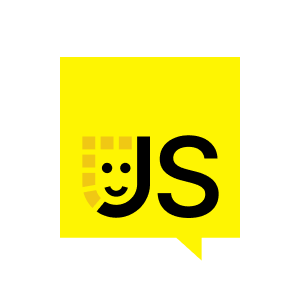Unlock the full potential of modern web applications with multi-threaded architectures in React. This session explores strategies for leveraging Web Workers and OffscreenCanvas to parallelise data processing, heavy computations, and UI rendering. We'll discover how to create interfaces that are scalable and unrestricted by conventional JavaScript bottlenecks.
This talk has been presented at React Summit 2025, check out the latest edition of this React Conference.


















Comments